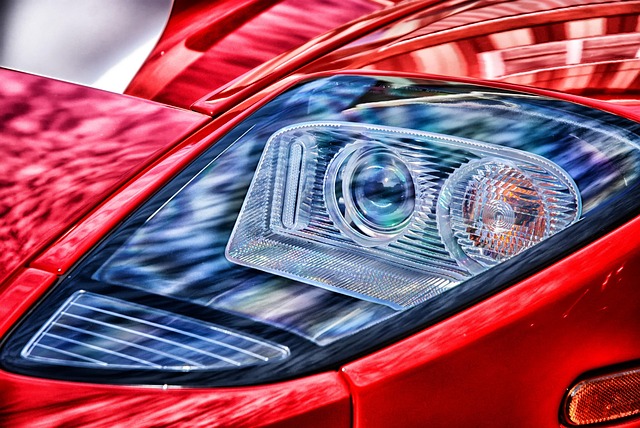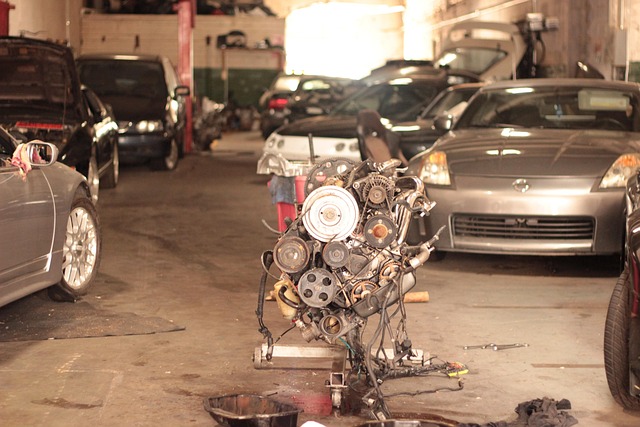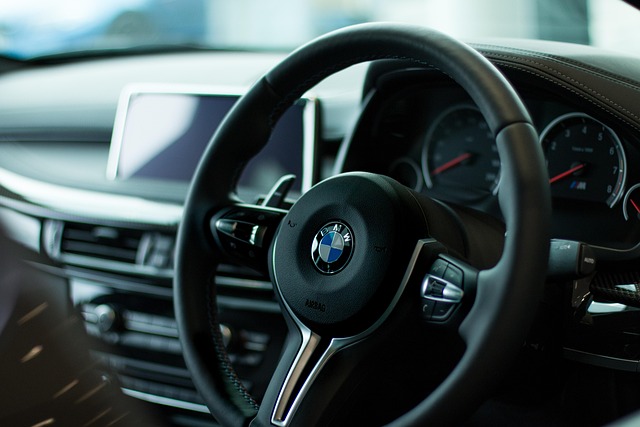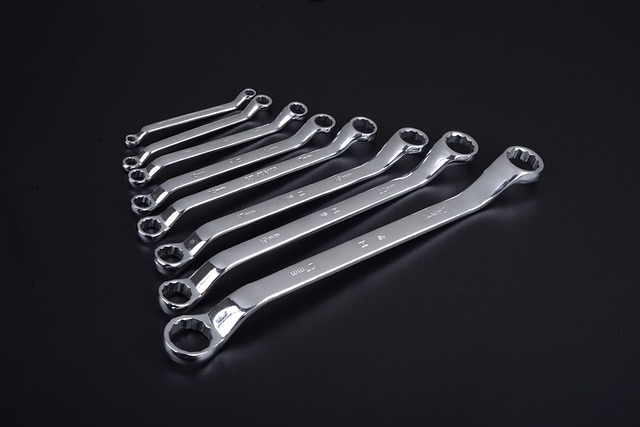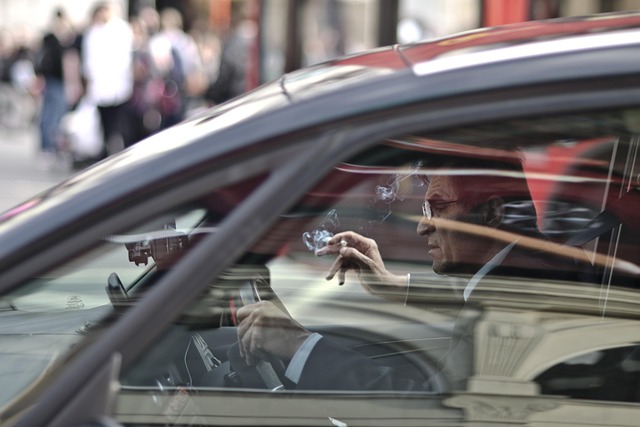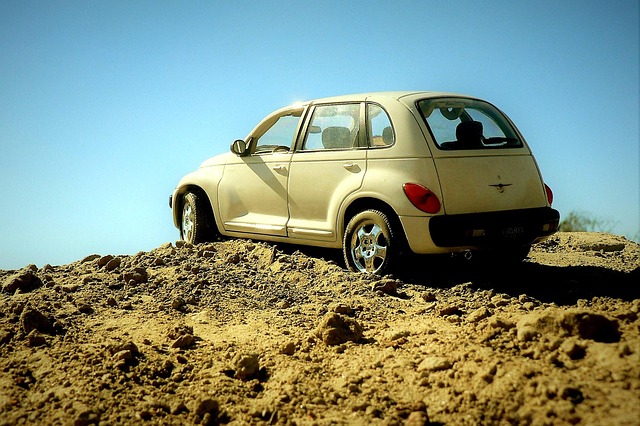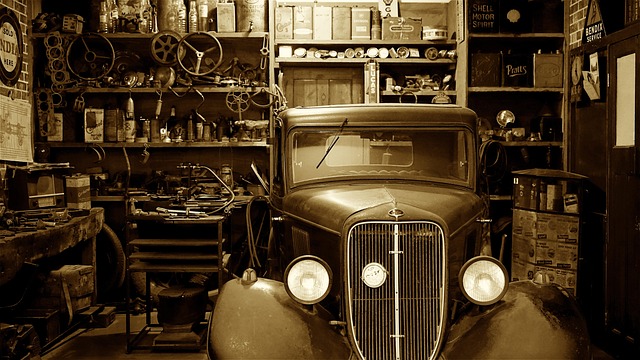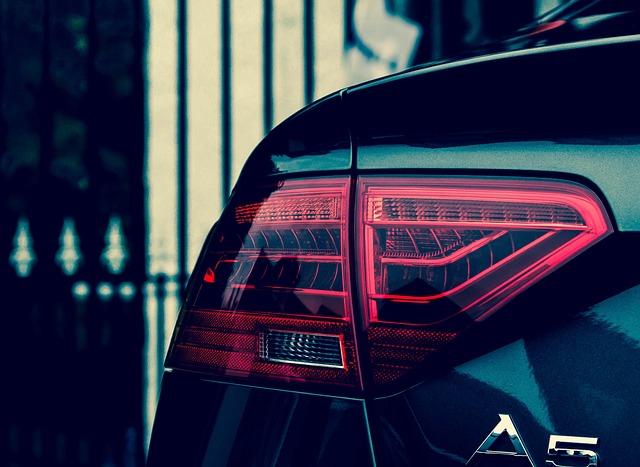Plastic bumper covers, though protective, are prone to cracks from wear, UV exposure, weather changes, thermal shifts, and collisions. Cracks compromise both aesthetics and structural integrity, requiring expert repair by specialized technicians. The repair process involves assessing crack severity, using adhesives for minor cracks or heat and putty for more significant damage, and then sanding, cleaning, and matching paint to restore both visual appeal and strength. Technicians use precision tools and automotive adhesives to precisely remove and replace damaged sections, ensuring original car aesthetics are maintained, as demonstrated in Mercedes Benz repairs.
“Discover how technicians expertly mend plastic bumper covers, a common yet challenging task in automotive care. This article guides you through the process, from identifying crack causes to providing a comprehensive step-by-step repair guide. We’ll also explore the essential tools and materials required for a successful plastic bumper cover repair, ensuring your vehicle’s front end looks as good as new. Learn to navigate this intricate process and say goodbye to unsightly cracks.”
- Understanding Plastic Bumper Cover Cracks and Their Causes
- The Step-by-Step Guide to Repairing Plastic Bumper Covers
- Common Tools and Materials Needed for Plastic Bumper Cover Repair
Understanding Plastic Bumper Cover Cracks and Their Causes
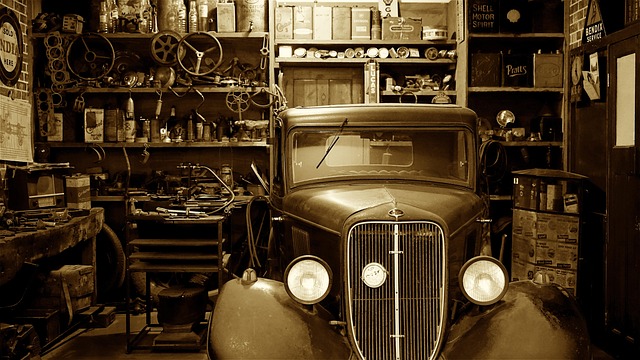
Plastic bumper covers, a common feature on modern vehicles, are designed to protect the car’s front and rear ends in case of collisions or minor bumps. However, over time, these covers can develop cracks due to various factors, impacting both their aesthetics and structural integrity. Understanding the causes of these cracks is crucial for technicians undertaking plastic bumper cover repairs.
One primary cause is normal wear and tear resulting from exposure to UV rays and extreme weather conditions. The sun’s harmful rays can weaken the plastic, leading to cracks, especially in regions with high solar intensity. Additionally, sudden temperature changes during winter and summer seasons can cause thermal expansion and contraction, putting stress on the bumper cover and potentially causing fractures. In a collision repair shop, technicians also identify cracks resulting from car accidents or minor bumps, where the impact force can exceed the material’s resistance, leading to visible cracks and potential structural damage that requires auto body repair.
The Step-by-Step Guide to Repairing Plastic Bumper Covers
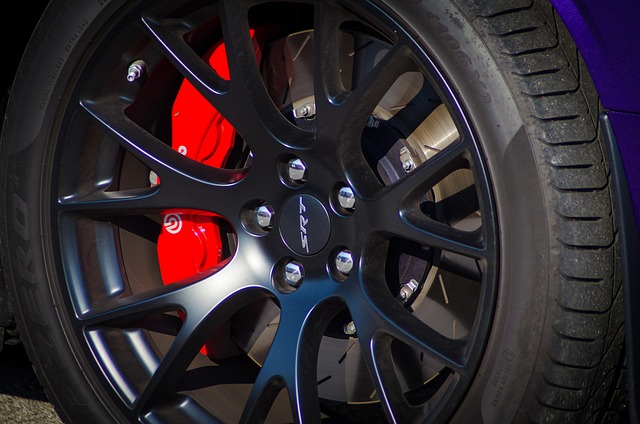
Repairing plastic bumper covers is a common task for technicians, offering an effective solution to restore car aesthetics and functionality. The process involves several meticulous steps ensuring optimal results. First, they assess the crack’s severity, determining the extent of damage and deciding on the appropriate repair method. Minor cracks can often be fixed with specialized adhesives or clear coat repairs, restoring the bumper to its original condition without extensive work.
For more significant cracks, technicians might employ techniques like heat application to soften the plastic, allowing for better molding and repair. They carefully mold the damaged area, using body putty to fill gaps and create a smooth surface. After sanding and cleaning, a new layer of auto body paint is applied, matching the bumper’s original color. This meticulous process, part of car body restoration, ensures not just visual appeal but also structural integrity, making it an essential step in auto body painting and overall vehicle care.
Common Tools and Materials Needed for Plastic Bumper Cover Repair
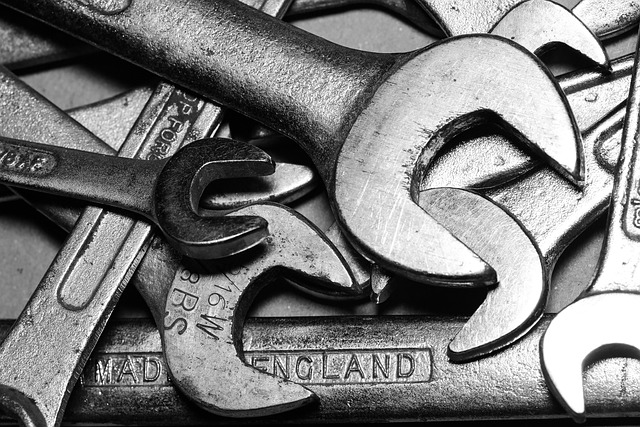
When it comes to fixing cracks in plastic bumper covers, technicians often rely on a set of specialized tools and materials. Common items include precision cutters, heat guns, and injection molding machines. These tools enable them to carefully remove damaged sections, reshape the cover, and then fuse new, matching plastic using heat and pressure. For plastic bumper cover repair, having access to these resources is key.
Additionally, a range of adhesives and fillers designed specifically for automotive applications are essential. These products ensure a strong bond between the repaired areas and the existing bumper cover. Whether it’s a minor chip or a more extensive crack, technicians tailor their approach based on the extent of car damage repair. In a Mercedes Benz repair, for instance, precision is paramount to maintain the vehicle’s original aesthetic.
Repairing cracked plastic bumper covers is a common task for technicians, offering an affordable solution to restore vehicles’ aesthetic appeal. By understanding the causes of these cracks and following a structured guide, one can effectively navigate the process. The right tools and materials, such as specialized adhesives and fillers, are key to achieving a durable fix. With dedicated care, plastic bumper cover repair can enhance safety and visibility while preserving the vehicle’s overall value.
